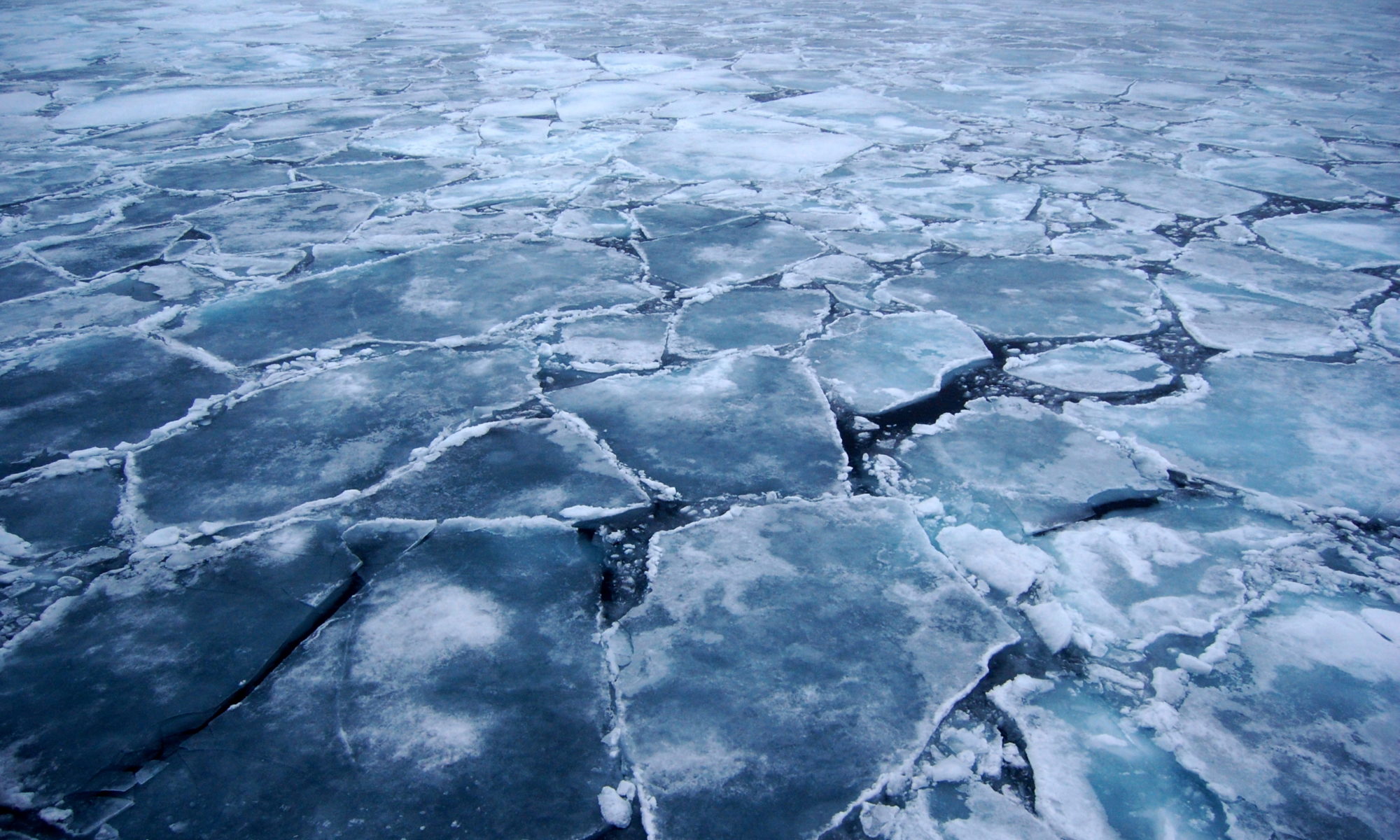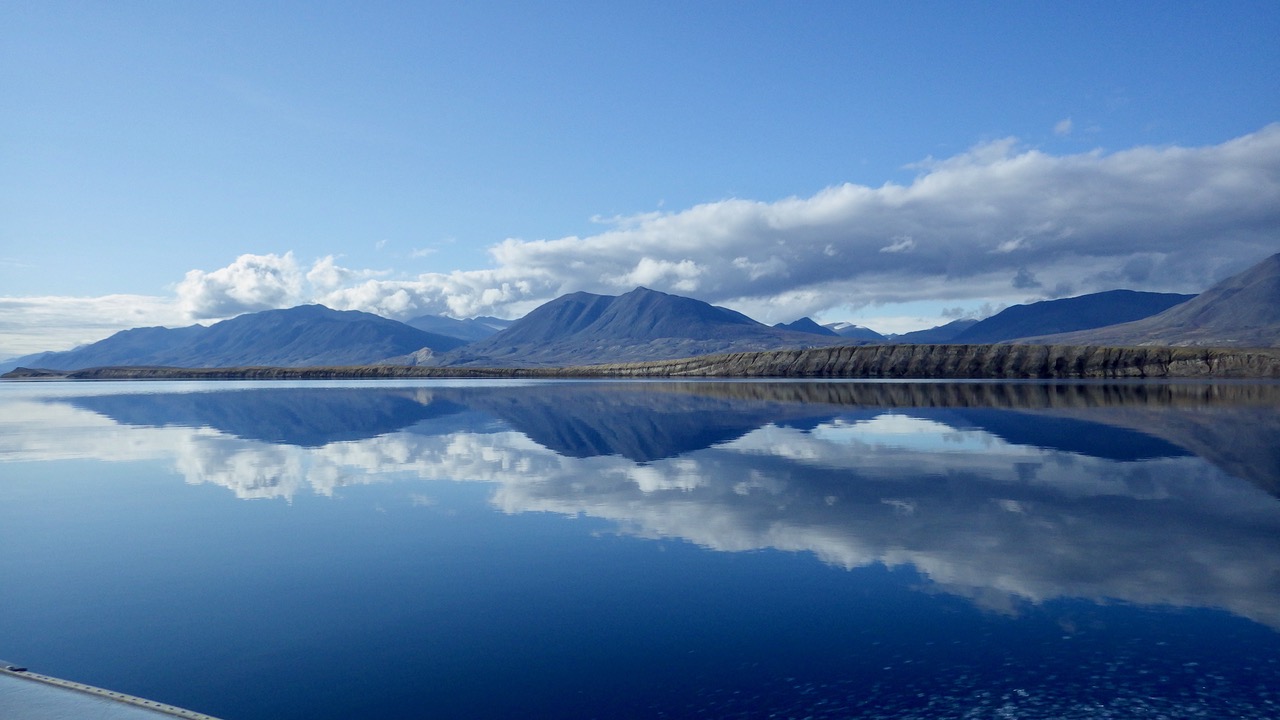Featured image: Microplastic thread courtesy of M.Danny25 on Wikipedia under CC BY-SA 4.0.
The Arctic is full of plastic–polyester fibers to be exact. Peter S. Ross and his team found upwards of forty polyester fibers for every cubic meter of the Arctic Ocean’s surface. Their new study in Nature Communications also revealed that these fibers were more common in the East Arctic, which is fed by the Atlantic Ocean, than the West Arctic. The scientists suggest that the presence of these fibers coupled with their uneven distribution throughout the ocean could be due to an unlikely source: home laundry.
Continue reading “There’s microplastics in the Arctic, and we can probably blame home laundry”




